Day 2: What Can Researchers Do To Save the Savannah?
Between water shortages, erosion, and human population growth, the ecosystem and the animals of Kenya face serious risks
/https://tf-cmsv2-smithsonianmag-media.s3.amazonaws.com/filer/Smithsonian-Secretary-journal-African-elephants-631.jpg)
June 13, Mpala Research Centre, Laikipia, Kenya. Weather— clear, high clouds, cool and dry.
Our room at Mpala Ranch looks out over a slope that leads to the Ewaso Niro River. Beyond the river, the ground rises with rocky promontories protruding from the otherwise gentle tree-covered slope. On the far horizon the outline of Mount Kenya is seen with its peak rising to 15, 000 feet. The ranch accommodations are a series of low stucco and stone buildings painted white, surrounded by straw-roofed porch. The grounds are home to stands of trees and other plants of the type that grow in hot, dry climates. The green spiny cactus contrasts with the exotic deep reds and oranges of the delicate bougainvillea. In a nearby “yellow fever” tree, weaver birds have built their hanging nests and are busy flitting back and forth bringing food to the young.
Our busy schedule does not allow much time to contemplate the pleasant surroundings. Saturday morning we rise early for a plane ride to view the ranch and the surrounding tracts of land that affect Mpala and its wildlife. The Mpala reserve itself covers 48,000 acres, but many of the animals are migratory and their routes take them across both privately and publicly owned lands, including ecotourism preserves, community lands used for raising cattle and goats and land set aside for conservation. Mpala is unique in that it is an active science- and research-based preserve.
During the flight, we see the impact of humans and animals on the land. In a number of areas where the land has been preserved, there is a cover of trees and grasses. Upscale ecotourism lodges can be seen in some of the more scenic mountain areas. In contrast, the community lands have been heavily grazed, to the point that there is little ground cover left. Goats and cows are tended by families who live in thatched huts. The animals roam during the day and in the evening are herded back to the herders’ huts and corralled in “bomas” created by erecting barriers of limbs and thorny bushes. The bomas help protect the animals from attack by lions and other predators.
The grasses are not only grazed by domesticated animals but also by many of the wild species, such as gazelles, bushbucks, waterbucks and impalas. Overgrazing by large herds leads to poor nutrition for the animals and erosion of the topsoil. The topsoil is relatively thin and was formed by weathering of the underlying bedrock. Once the topsoil is eroded, the rock is exposed, and runoff from rainfall causes more erosion downstream, threatening the wellbeing of the region’s ecosystems.
The lack of water is also a serious problem. This is the end of the rainy season, but already many of the rivers and small reservoirs are dry at a time when they should be full to carry through the dry season. Water naturally is in short supply here because the region on average only receives around 20 inches of rain each year. The situation is exacerbated by a growing trend of Kenyan farmers tapping water from the rivers and groundwater for irrigation. A recent development in Kenyan agriculture is exporting cut flowers. This expanding market for Kenyan farmers is made possible because the flowers, cut early in the day, can be flown to European and even U.S. markets the next day.
Between the shortage of water, the erosion of topsoil and the growth of the human population, the ecosystem and the animals are at risk. Traditional migration routes for animals such as elephants are disrupted in congested areas. In light of this, Mpala becomes all the more important, not only as a preserve for wildlife, but also as a center to do the research needed to find the balance point between animal and human needs.
Following the flight, the members of Mpala’s advisory and research boards meet to discuss the center’s future. Mpala has been blessed with good leadership, beginning with Sam and George Small, and then in their turn, Don Graham, founder of the Graham Group and chair of the board of trustees of the Mpala Wildlife Foundation and trustee Dennis Keller, founding chairman of DeVry Inc. Others on the combined boards include Dan Rubenstein of Princeton University; Laurel Harvey of Princeton; and Jeffrey Gonya of Venable LLP; as well as Ira Rubinoff and Scott Miller of the Smithsonian. The Smithsonian contingent also includes Ben Turner, a STRI soil specialist; Dave Wildt, a specialist in large animal reproductive physiology from the Center for Research and Conservation at the National Zoo; STRI Director Biff Bermingham; and STRI supporter Frank Levinson, founder of Finisar Corp.
The discussion is robust and many issues are debated and discussed. We have made a good start on identifying the themes and initiatives that should be Mpala’s focus in the next decade. It is agreed that the research program should be focused on the key challenges that threaten the immediate future of Mpala and the wildlife and ecosystems of East Africa. A tentative plan is laid out to accomplish these objectives that involves greater interaction with Kenyan universities to encourage greater involvement by young people who are committed to finding the delicate balance needed for a sustainable future in the region. The plans will be discussed and debated by the full governing board and scientific advisory boards later this week. These boards bring together key parties involved in Mpala’s future, including the Kenya Wildlife Service and the National Museums of Kenya.
After the meeting, we are treated to a second game drive as the day wanes. While we continue to observe wildlife, we also now take more time to consider the countryside itself. In the soft light of the late afternoon the beauty of the hills and valleys invades the mind. The seductive power of the Kenyan landscape that captivated Karen Blixen (Isak Dinesen) and inspired her book Out of Africa is only too apparent.
We continue to build our animal count, adding baboon (seen in a troupe of around 50 or 60), leopard tortoise, spotted hyena, golden jackal, waterbuck, common zebra, and Grant’s gazelle.
There are also opportunities to see giraffes, including family groups. These are reticulated giraffes with clearly defined brown spots outlined by white. The young giraffes are curious and arch their heads over trees to see what we are up to. When the parents leave, the youngsters linger a few minutes and then lope off to catch up. The mature giraffes are very graceful for such large and ungainly creatures. They have a remarkable ability to reach and eat the small green leaves that grow between long, sharp thorns on man of the trees and shrubs of the region.
Our game drive comes to an end with the approaching dusk and we return to the ranch for dinner and conversation about what we have seen and discussed that day. The day ends with our first night of solid rest as the jet lag wears off a bit.
/https://tf-cmsv2-smithsonianmag-media.s3.amazonaws.com/accounts/headshot/wayne-clough-240.png)
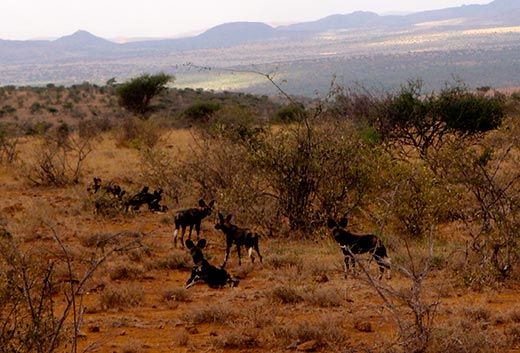
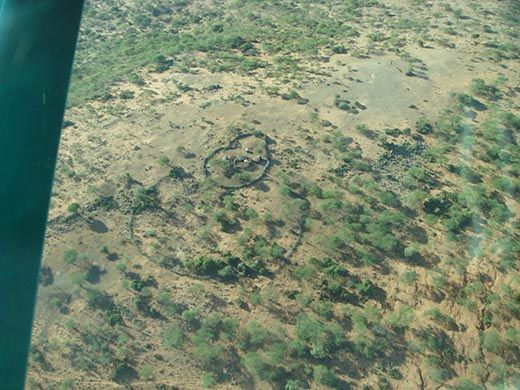
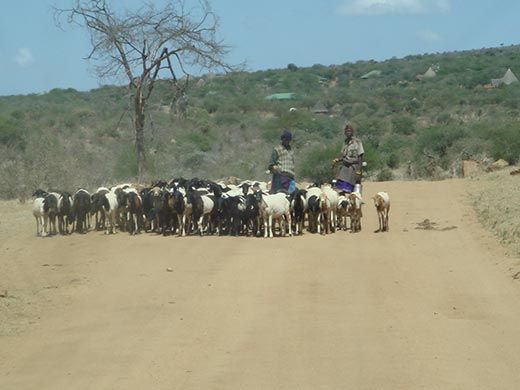
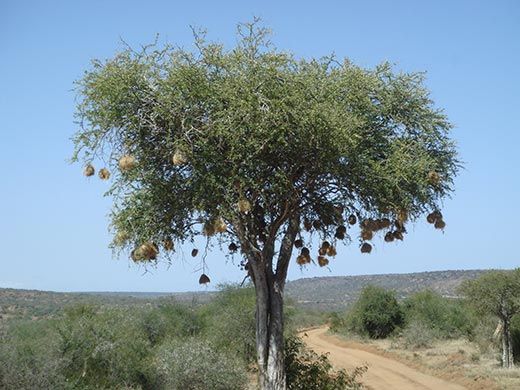
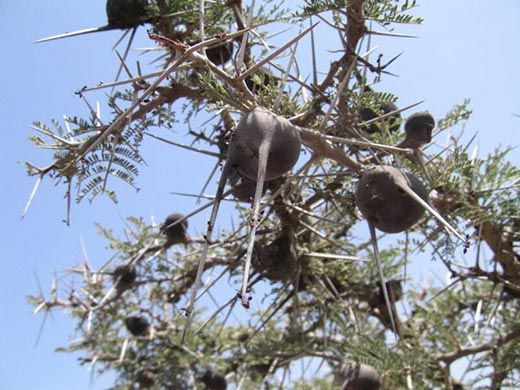
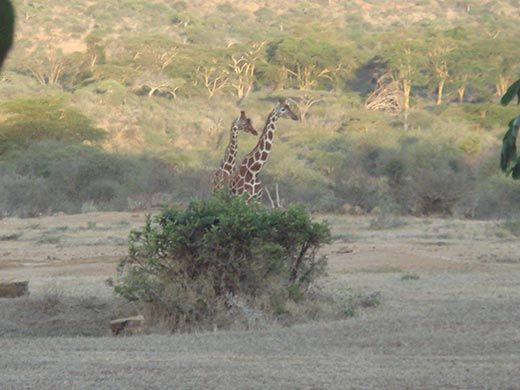
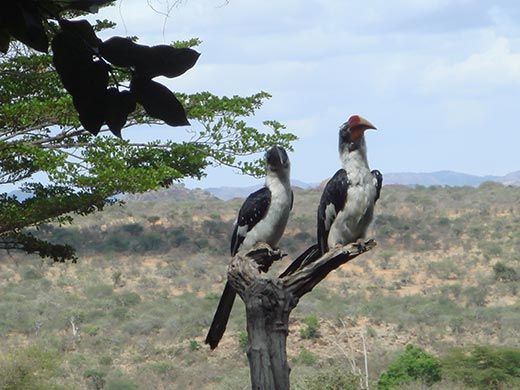
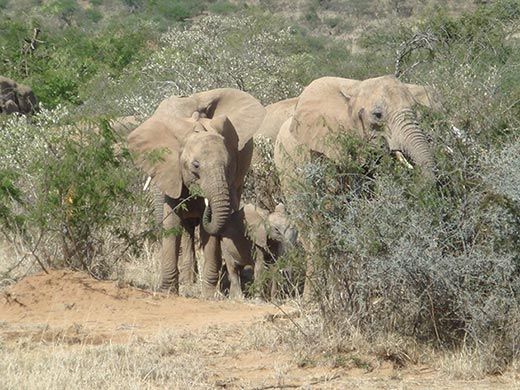
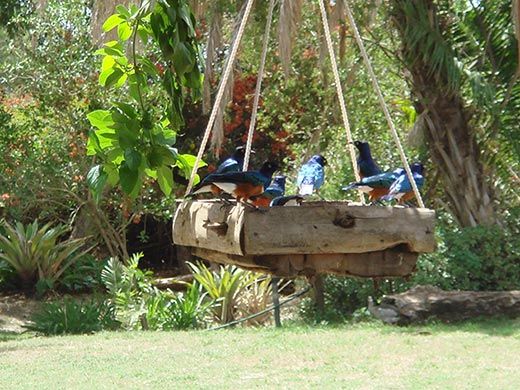
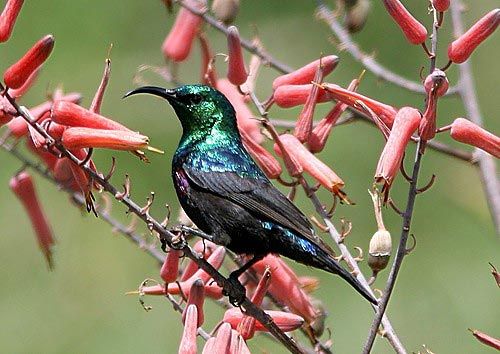
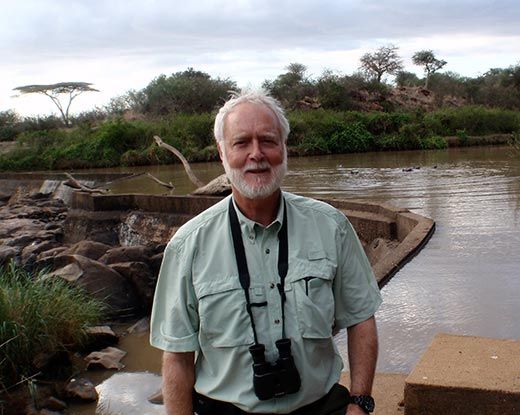
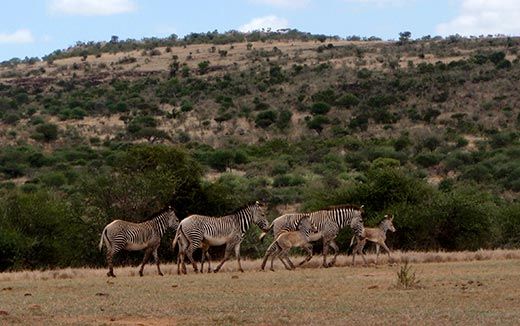
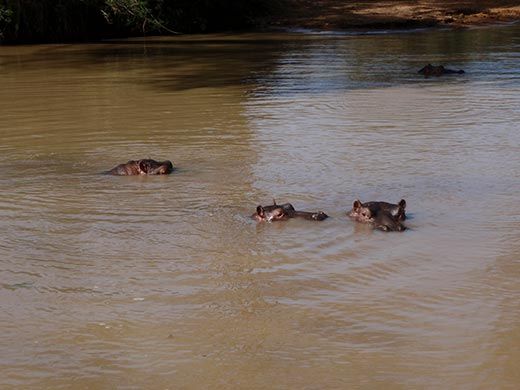
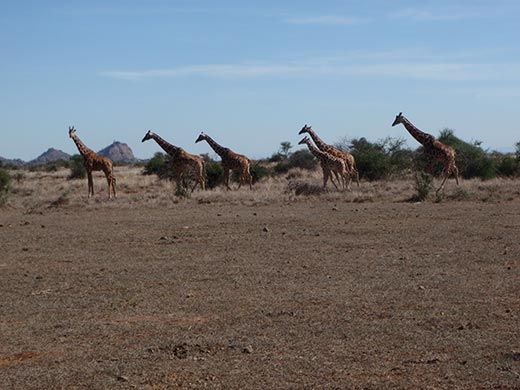
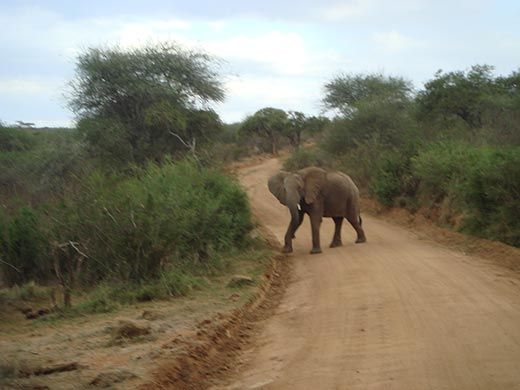
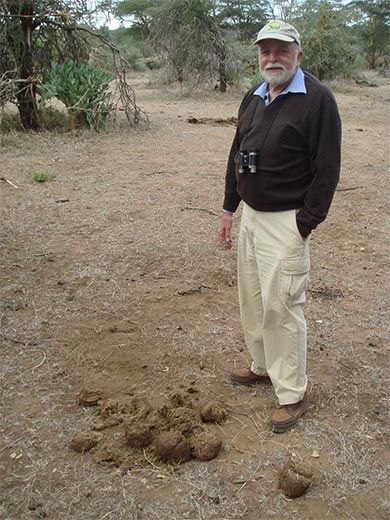
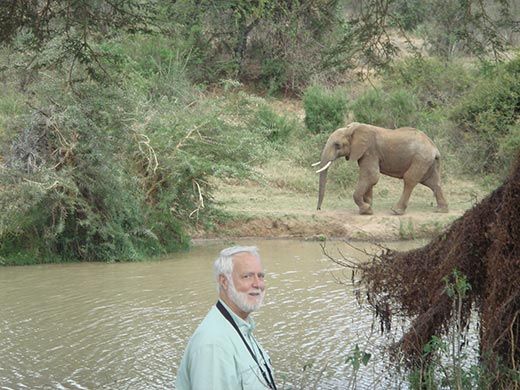
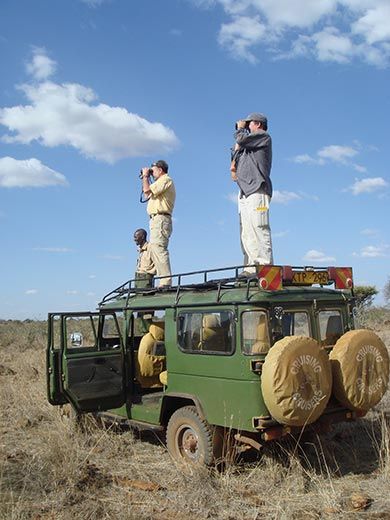
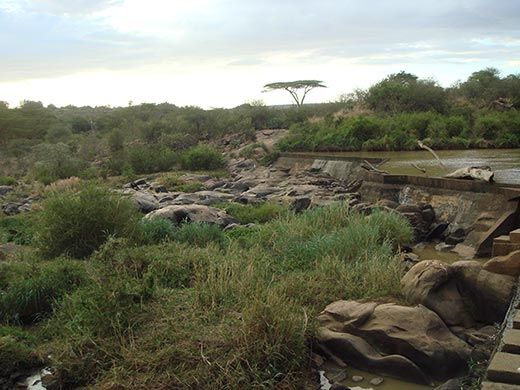
/https://tf-cmsv2-smithsonianmag-media.s3.amazonaws.com/accounts/headshot/wayne-clough-240.png)